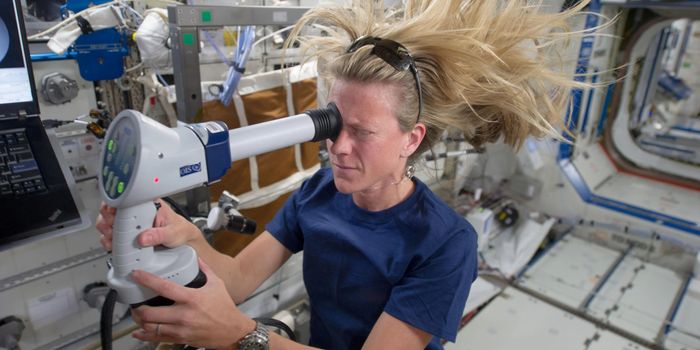Researchers Observe the Birth of New Solar Systems
Astronomers are gaining new insights on how our solar system was born from observations of a nearby star-forming region in the constellation Ophiuchus. The research was published in Nature Astronomy.
In the 1970’s, scientists reported finding short-lived radionuclides inside of meteorites. They said that these elements were either blown into the nascent solar system by a nearby exploding star or by strong stellar winds from a kind of massive star called a Wolf-Rayet star. Now, for the first time, scientists may have been able to observe this process in action.
In the present study, scientists examined multiwavelength observations of the star-forming region in Ophiuchus, including new infrared data, to understand the interactions between star-forming gas clouds and radionuclides produced in a nearby cluster of young stars.
Their observations included imaging data in wavelengths from millimeters to gamma rays, enabling them to visualize the flow of aluminum-26 from a nearby star cluster towards the star-forming region.
To verify their observations, the researchers created a model of the nearby star cluster. They included details of the mass, age, and probability of exploding into a supernova of every massive star that could have existed in the region. Their model also incorporated the potential yields of aluminum-26 from stellar winds and supernovas.
From their model, they found that while there is a 59% chance that the observed aluminum-26 came from supernovas, there is a 68% chance it comes from multiple sources and not just one supernova.
"Many new star systems will be born with aluminum-26 abundances in line with our solar system, but the variation is huge -- several orders of magnitude," said first author of the study, John Forbes, "This matters for the early evolution of planetary systems, since aluminum-26 is the main early heating source. More aluminum-26 probably means drier planets."
"There is nothing special about Ophiuchus as a star formation region," said Joao Alves, co-author of the study. "It is just a typical configuration of gas and young massive stars, so our results should be representative of the enrichment of short-lived radioactive elements in star and planet formation across the Milky Way."
Sources: Nature Astronomy, Science Daily









